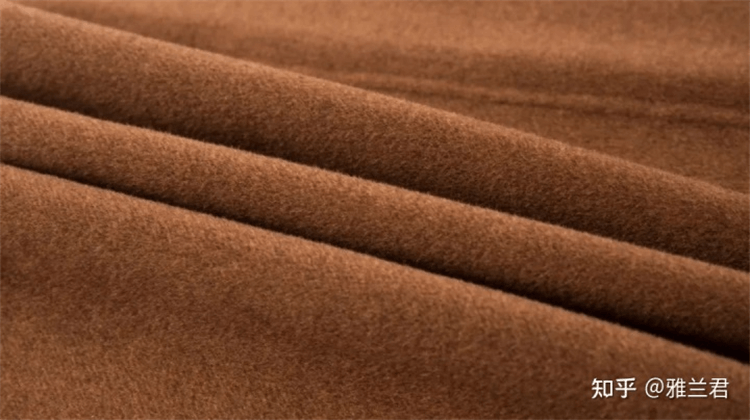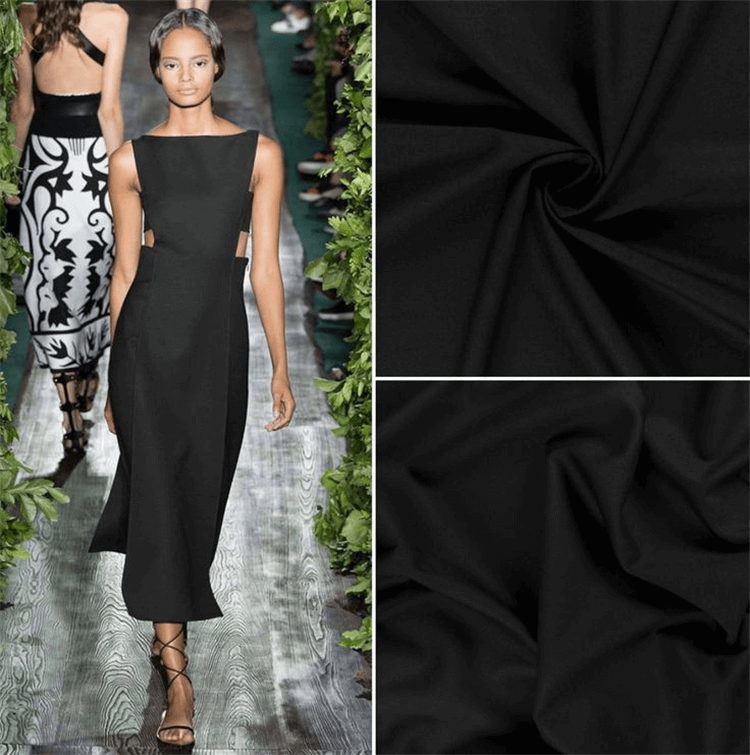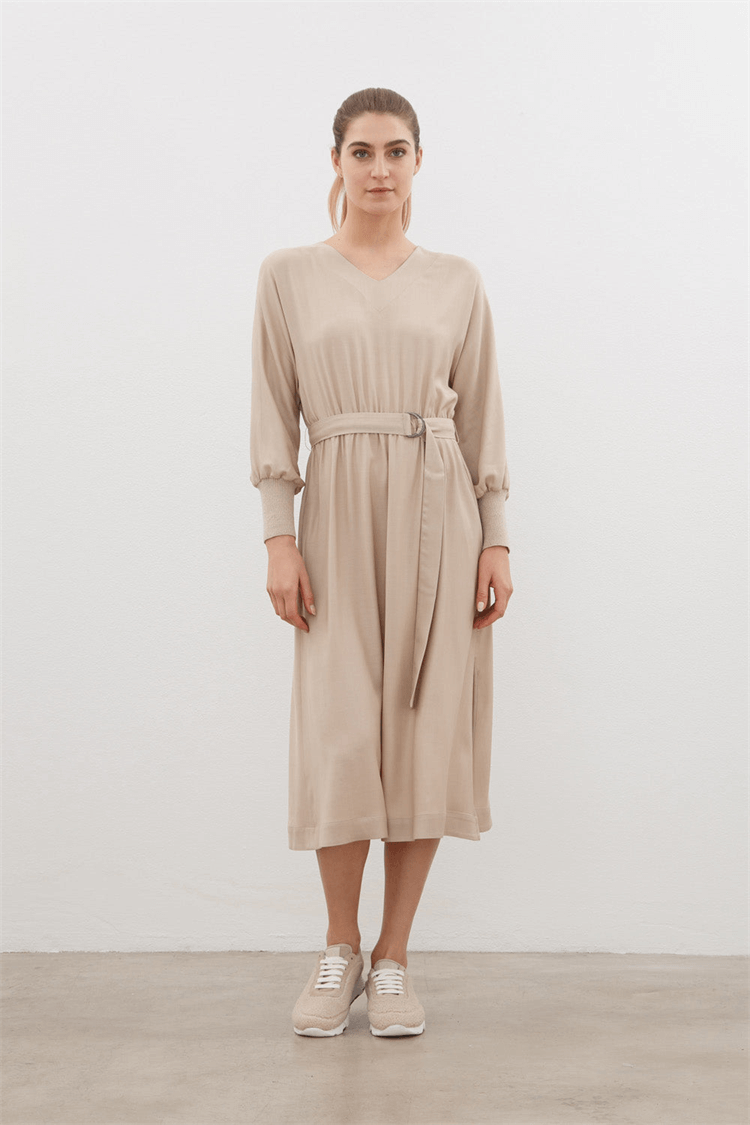
1, hand touch: pure wool fabric usually feel smooth, long wool fabric feel smooth touch, reverse hair has a tingling feeling. And blend or pure chemical fiber, some owe soft, some too soft loose, and have sticky feeling.
2, color: the color of pure wool fabric is natural and soft, bright without old sense. In contrast, blended or pure chemical fiber fabrics, or dark luster, or have a flash color sense.
3, see the elasticity: with the hand will be tight, and then immediately open, see the fabric elasticity. Pure wool fabric has a high rebound rate, which can quickly restore the original state, while blended or chemical fiber products have poor wrinkle resistance, and most of them have obvious fold traces, or slow recovery.
4, combustion method identification: take a bunch of yarn, with fire, pure hair fiber smell like burning hair, chemical fiber fabric smell like burning plastic. The harder the burned particles are, the more the chemical fiber ingredients are.
5, single root identification: all animal hair under the microscope is scales, if it is long wool fabric just take a hair like above rub a few times will move up or down (in order to master the skill can take a hair test), if it is ordinary fabric, extract a yarn, cut 2 cm two pieces into a fiber in the hand rub, see they will not move.
Spinning raw materials
1. Cotton wool: Among the most productive countries in the world, there are Australia, CIS, New Zealand, Argentina and China. The branch number and series of wool are the basis for evaluating the grade and quality of wool. The higher the branch, the better the quality, the higher the series, the worse the quality. Cotton wool has been admired by people “Australian wool”, belongs to merino sheep, produced in Australia, hence the name. Its hair fiber is thin and long, which is the best quality variety of cotton wool. Other countries such as New Zealand, South America, European countries, the Southern Alps are raised, and enjoy a high reputation in the world.
2. Mountain wool: refers to the coarse hair and dead hair cut from a goat. Generally, the fine hair on the wool is very short, can not be spinning, thick hair can only make a brush, brush and so on, only Ma hair. Hair namely Angola wool, Angola province, Turkey, North America and South Asia, is a kind of high quality wool fiber, smooth surface, rarely curl, long and thick, with silk soft strong luster, excellent resilience, wear resistance and high strength, is woven jacquard blanket, plush, smooth wool coat, artificial fur and other advanced fabric ideal raw material. Thick stick needle hand-woven horse sea sweater, hanging soft such as silk and fog like fiber, constitute a noble, lively and rough clothing style, deeply loved by people. The zhongMountain wool in northwest China also belongs to the horse hair category. But in the market, some people call the fluffy style of acrylic expansion yarn “horse hair” for sale, resulting in misunderstanding, that acrylic expansion yarn, at best, can only be called “imitation horse hair”.
3, alpaca hair (ALPACA): also known as “camel wool”, fiber up to 20-40 centimeters long, and white, brown, gray, black and other colors, because 90% produced in Peru, also known as “Peruvian wool”. Its two varieties, one is fiber curly, with silver luster, the other is fiber straight, curly less, with nearly the luster of horse hair, often mixed with other fiber, as a high quality material for making high-grade clothing. At present, the camel wool on the market is mostly eastern European products.
4, rabbit hair: with light, fine, soft, warm, cheap characteristics and loved by people. It is composed of fine soft hair and coarse hair, mainly have ordinary rabbits and Angolan rabbit hair, and the quality of the future is excellent. The difference between rabbit wool and wool is the slender fiber, the surface is particularly smooth, easy to identify. Because the strength of the rabbit hair is low, it is not easy to spin alone, so it is mostly blended with wool or other fiber, made into knitwear and women, woolen cloth and other clothing fabrics.
Post time: Feb-16-2023








